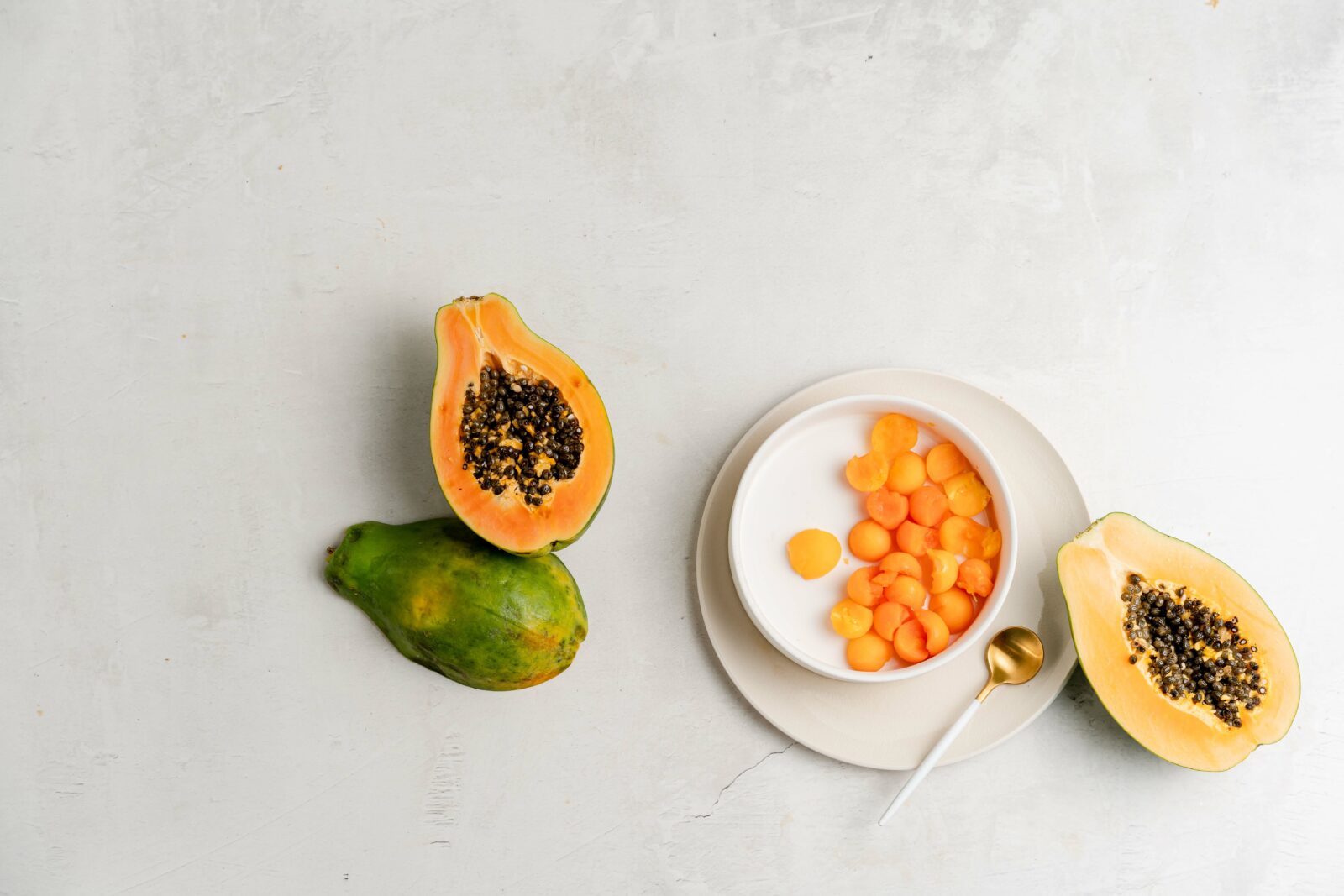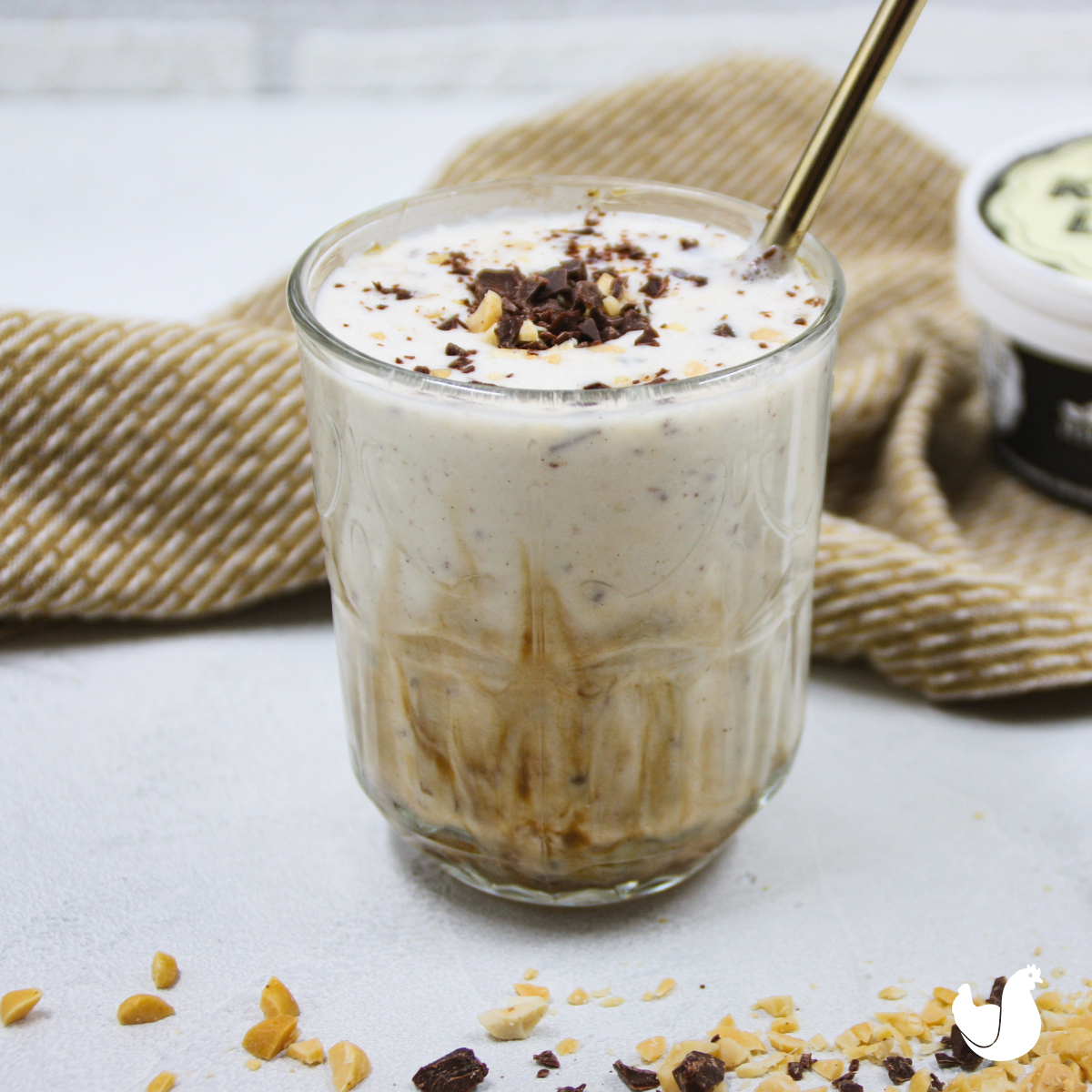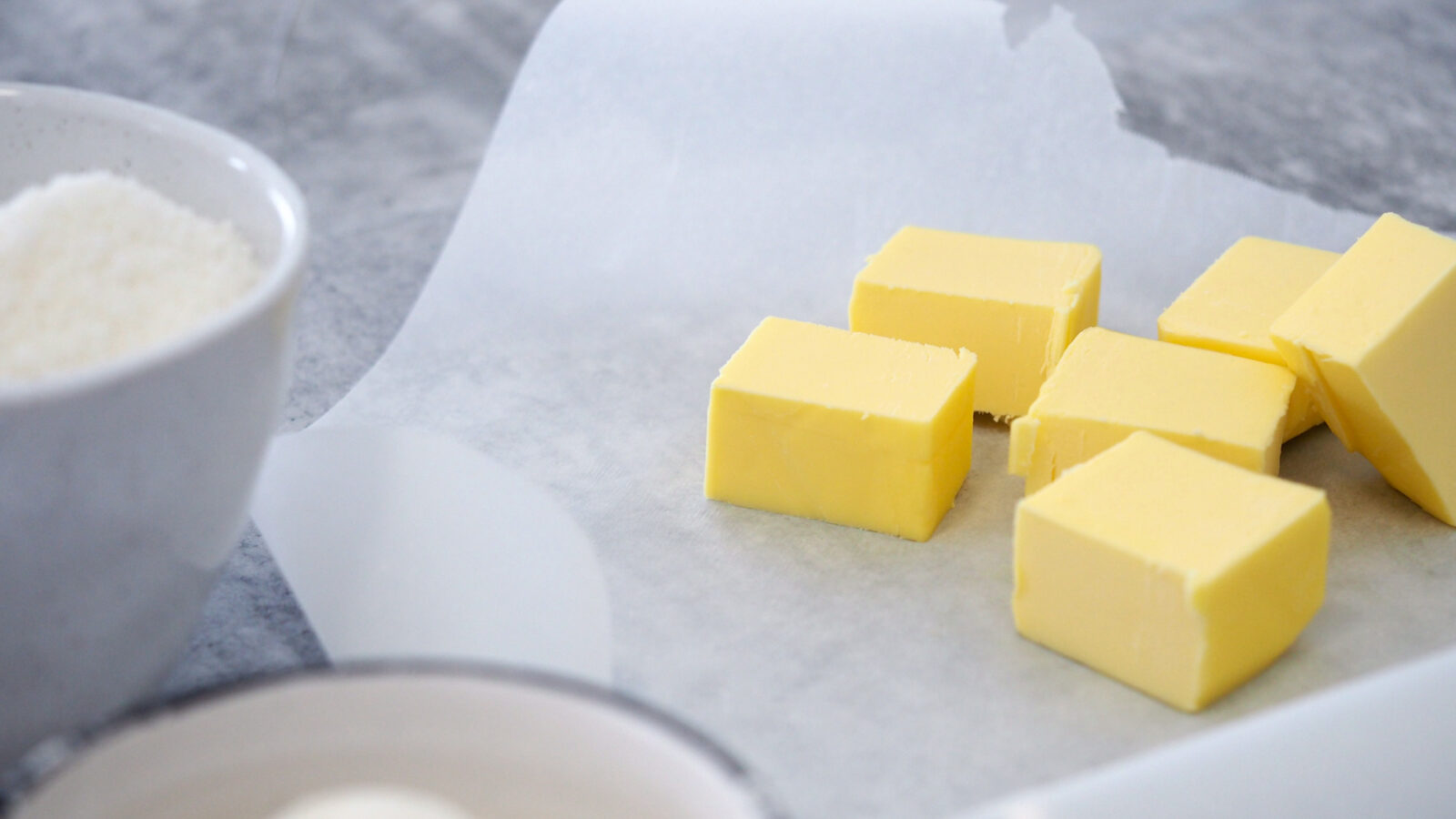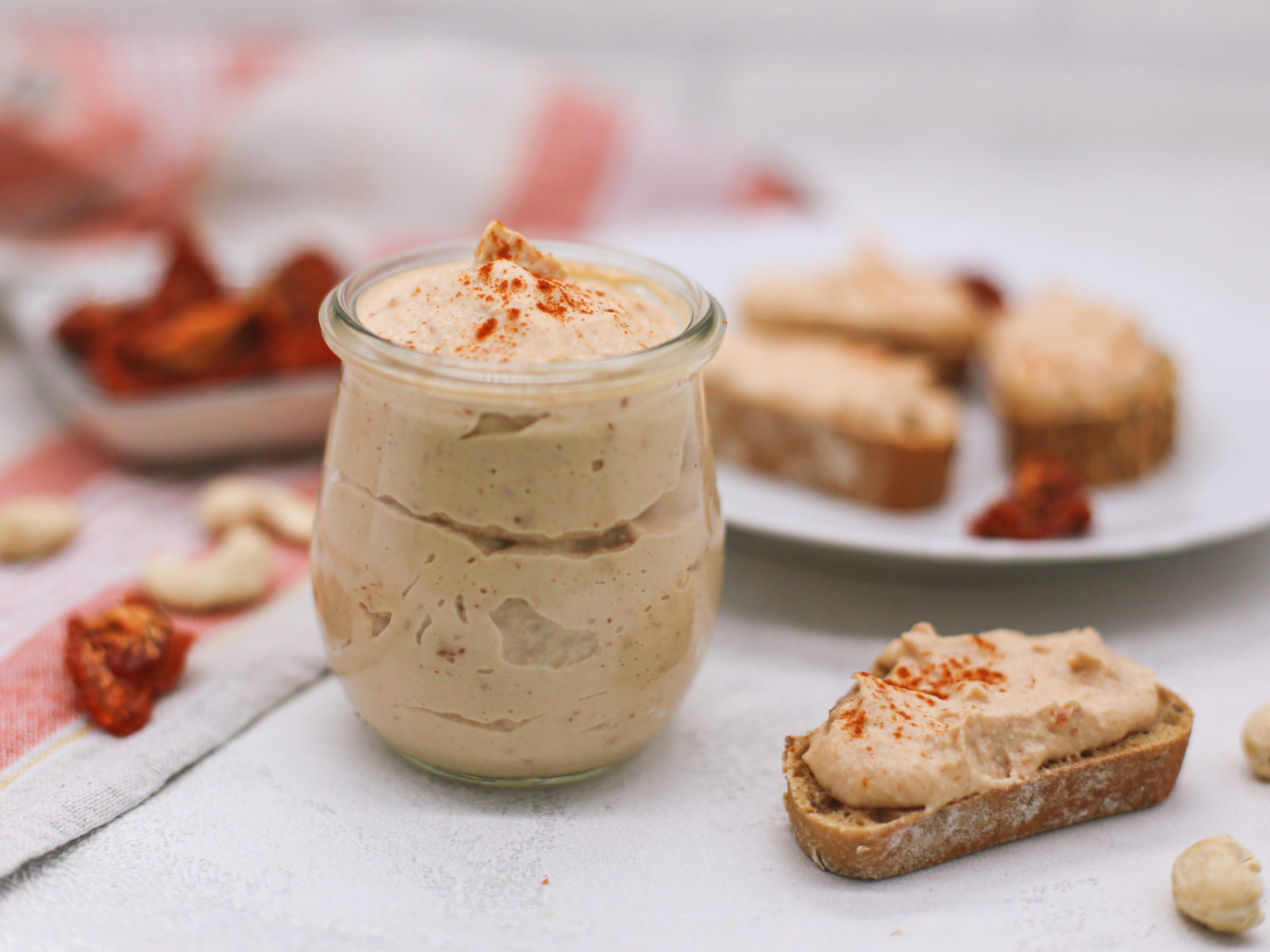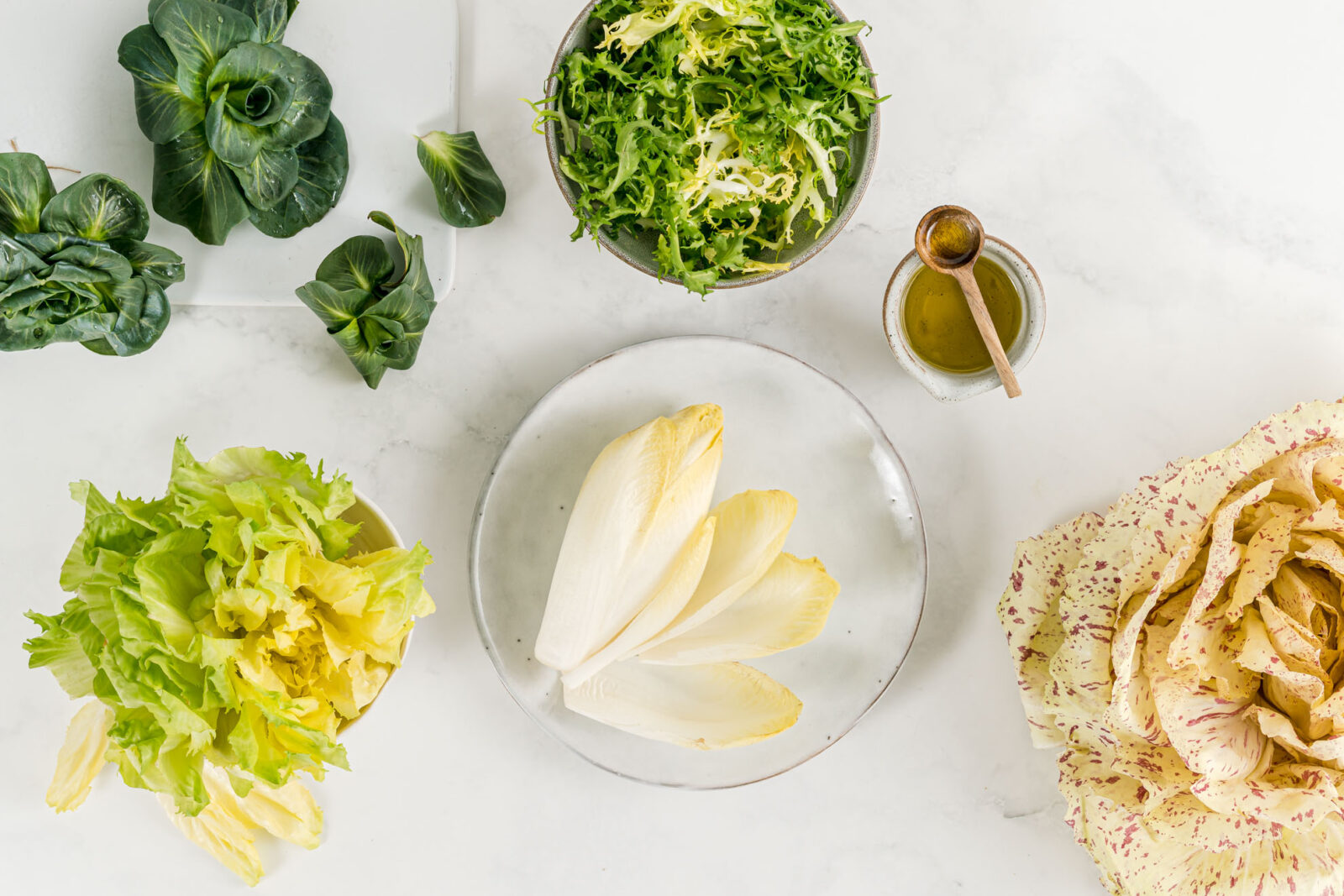
When we say ‘lettuce’ it’s not often clear what exactly we mean. Lettuce or Lactuca sativa is a large category of different green leafy vegetables. They are mostly grown for their leaves, but their stems can be used as well.
This vegetable can serve in salads, but also many kinds of other dishes. The leaves and stems come in handy in soups and on the grill, in sandwiches and as wraps.
The classic types of lettuce
The following types are usually distinguished. Crisphead or iceberg is one of the most common varieties. They are easily found in markets around the world. It has a round, firm head with tightly packed, pale green, crunchy leaves.
Butterhead or bibb lettuce has a round shape. It gets its name due to the characteristically soft, almost buttery leaves. This type needs special care because it can bruise easily. It has a mildly sweet but slightly astringent flavor.
Romaine or cos lettuce comes with a tall head. Its outer leaves are sturdy and dark. And the inner leaves are paler with a whitish-green.
And then it’s loose-leaf lettuce which is the simplest variety among others to plant and grow. This kind of lettuce doesn’t form a rigid head. It is rather a bunch of loosely gathered leaves that come in different colours, from light green to deep red.
The lettuce that stands out
Among the more classic varieties, there is at least one kind that stands out. It’s the celtuce or asparagus (celery, stem, Chinese) lettuce, as it’s sometimes also advertised. As may be drawn from the name, celtuce is a vegetable cultivated not only for the leaves but for the stem too.
It resembles a small palm tree from a certain perspective. But it’s actually a bunch of leaves on a hardy stem. Despite an unappetizing description, celtuce is quite a tasty vegetable. It has a mild nutty flavour and an almost smoky aftertaste. And that makes cooks go ‘wow, it’s so fantastic and unexpected’. The leafy part is slightly bitter and sweet, which is what we would expect from a lettuce.
The softest lettuce at your service
But today let’s try the softest lettuce among all – butterhead. Just take one head of fresh and crispy vegetable. Wash it, pat dry and set aside.
Then cut 2 medium tomatoes, 2 boiled eggs, dice 1 large avocado. Furthermore, slice 100 g / 3.5 oz of semi-hard cheese of your choice.
Mix everything in a bowl, then add the lettuce. Additionally, add a small bunch of basil leaves, 2 tbsp of olive oil, 1 tbsp of mustard and the juice of half a lemon. Finally, season with salt and pepper and serve. You are gorgeous.


